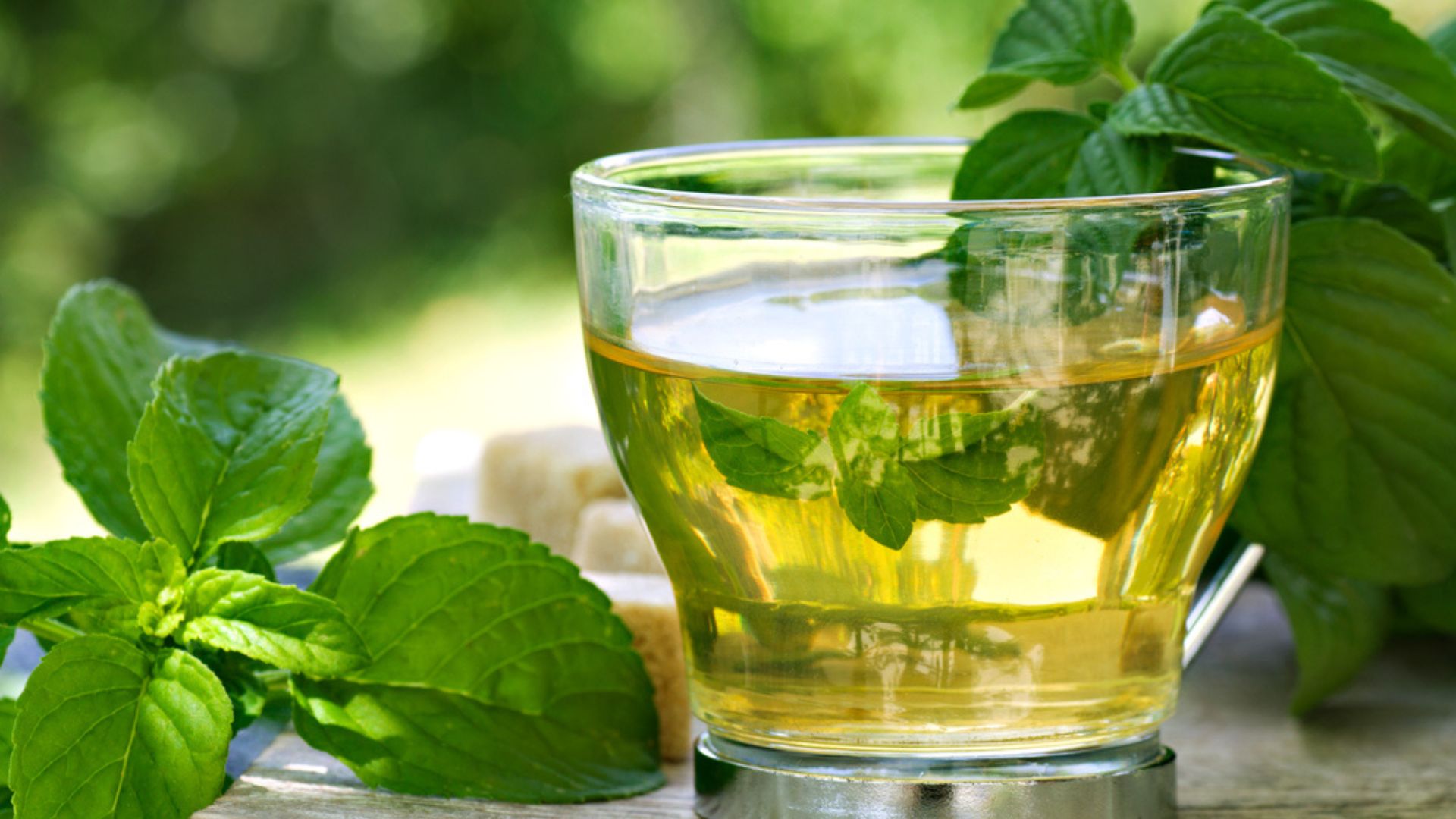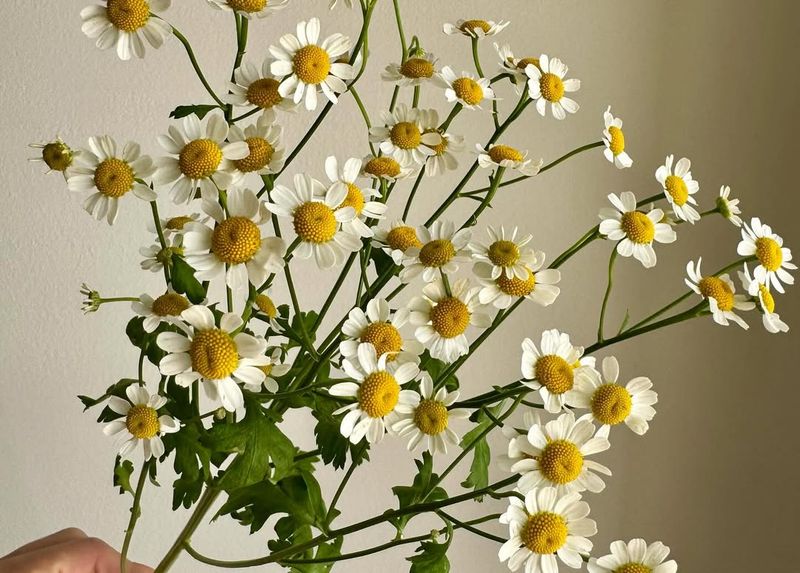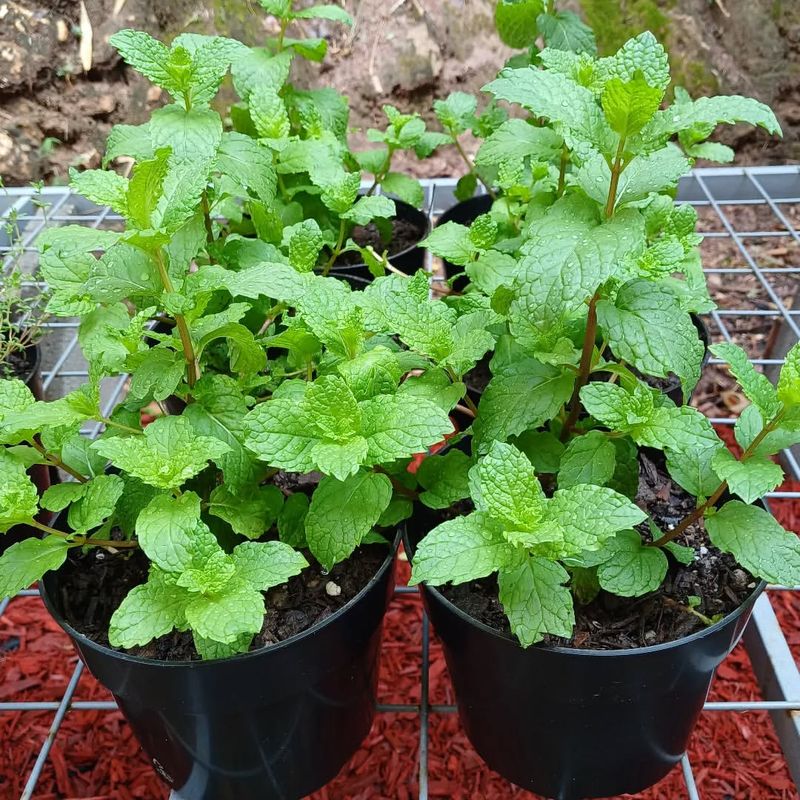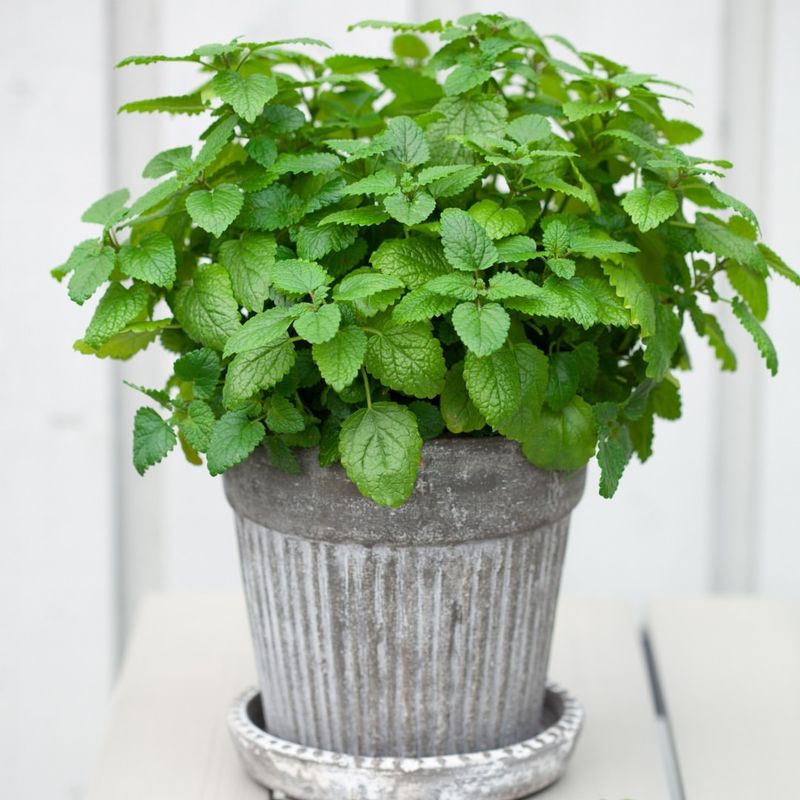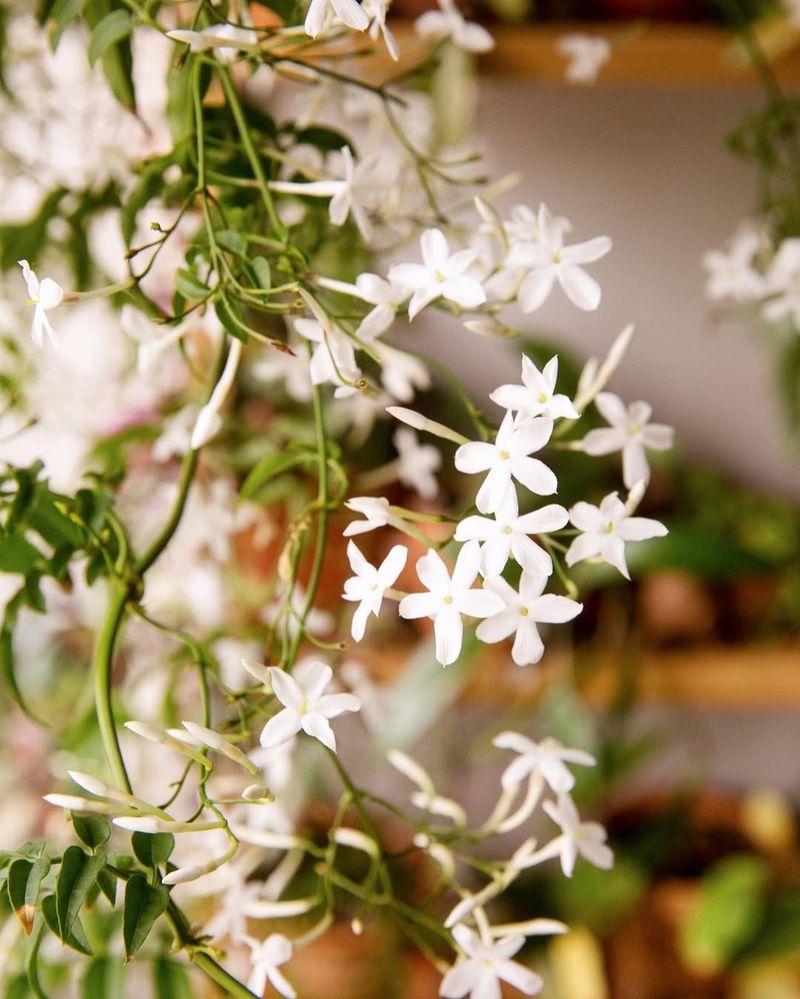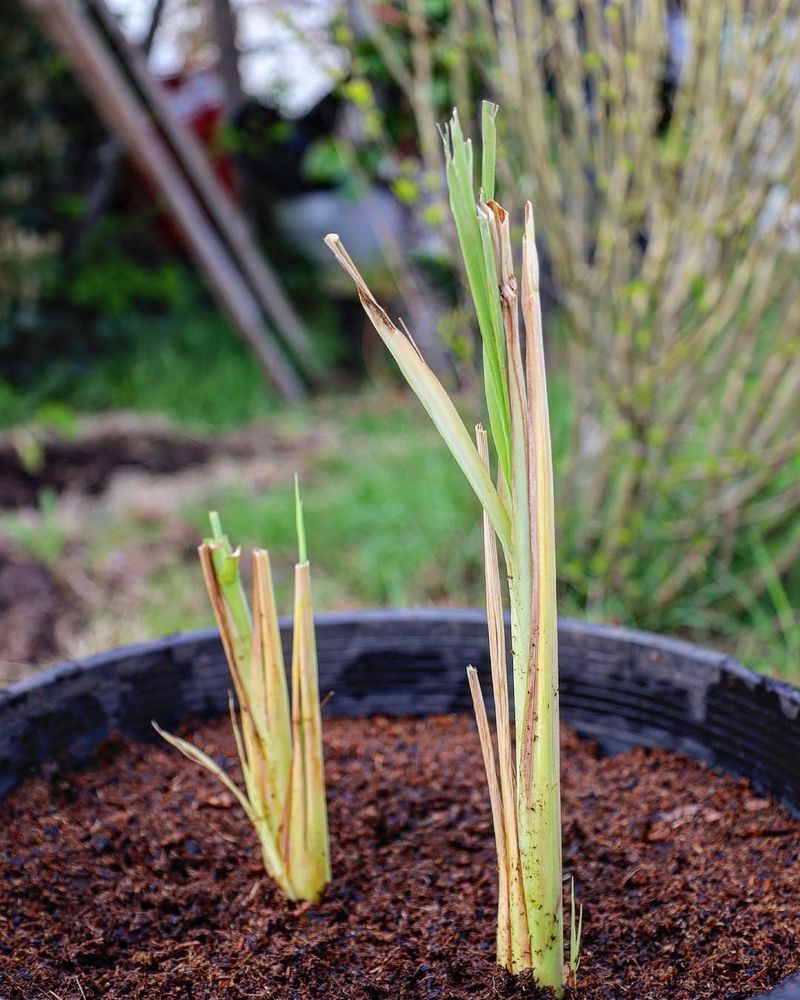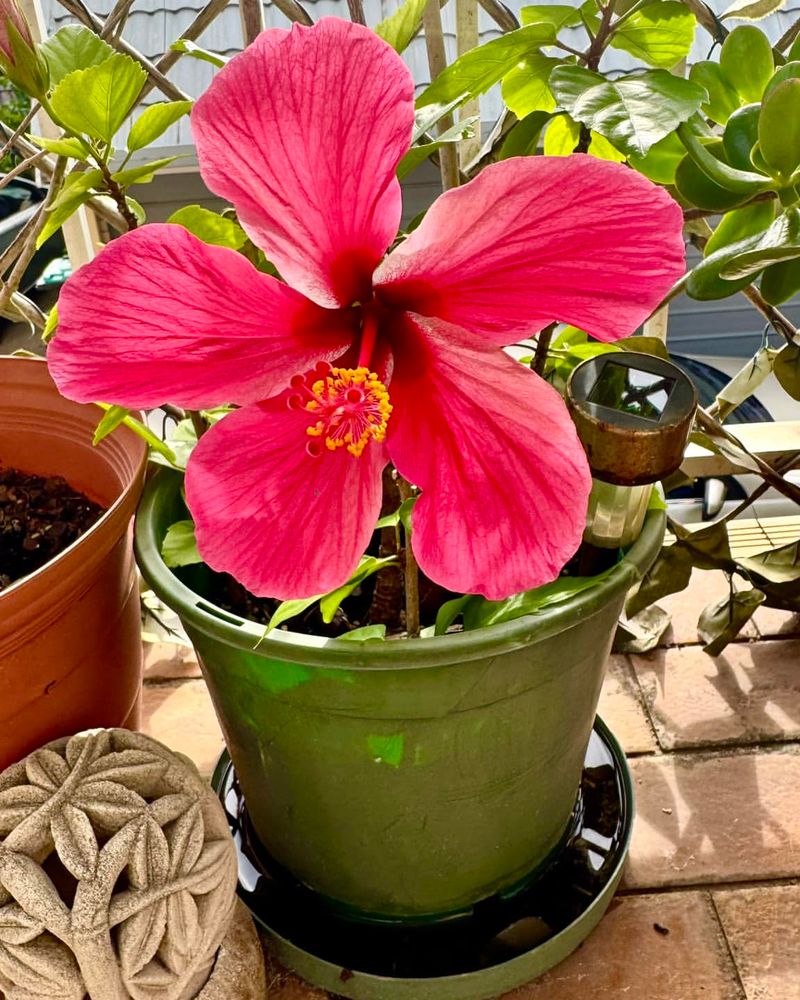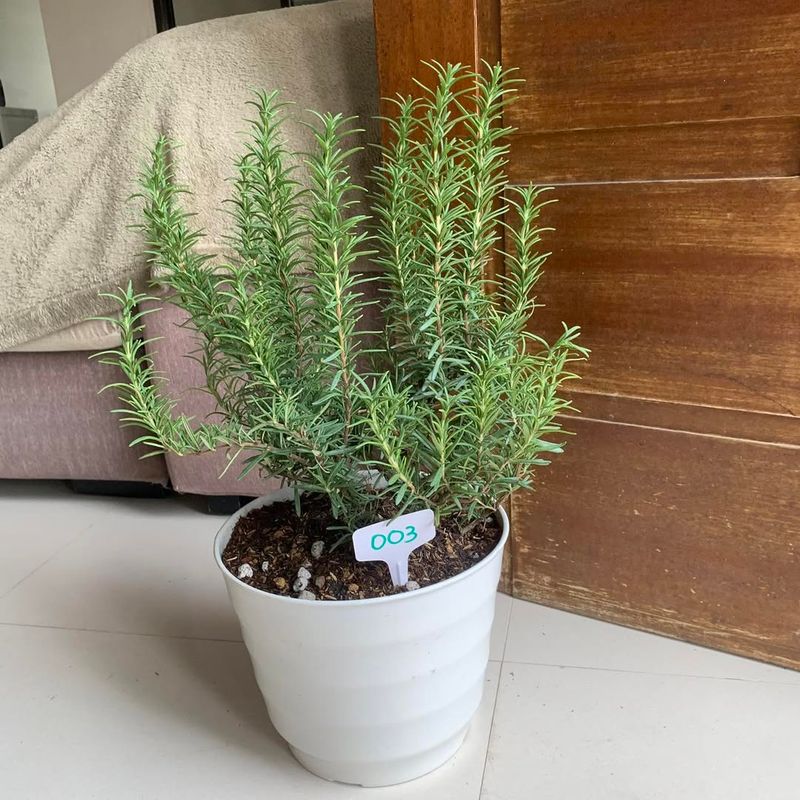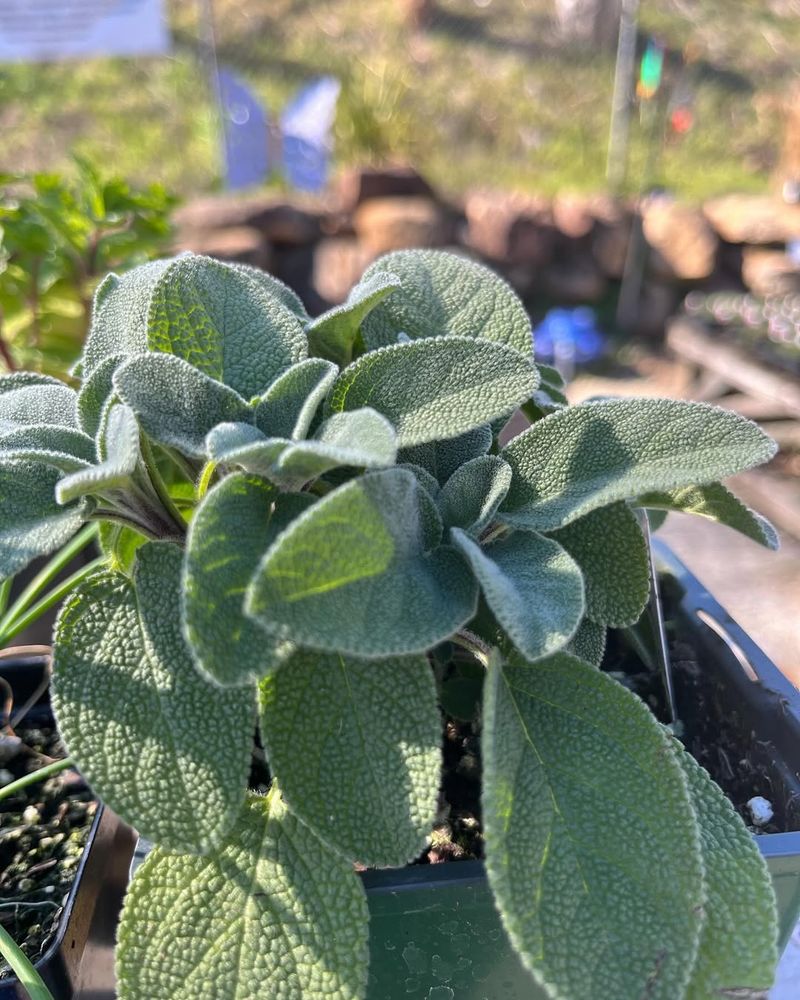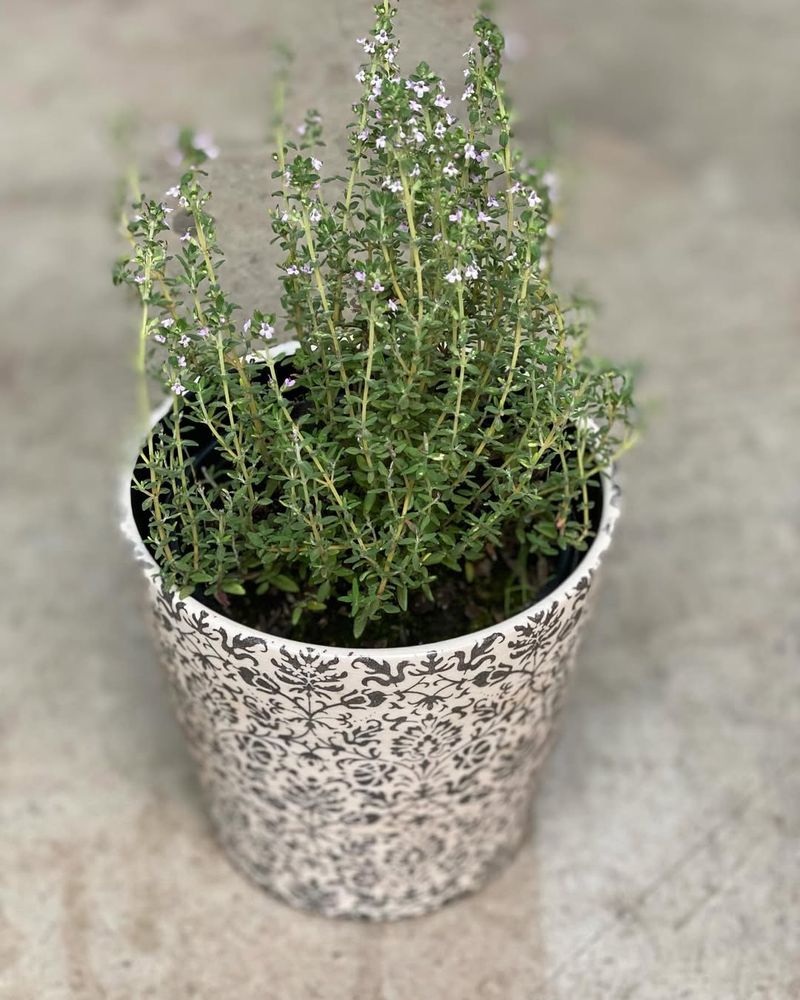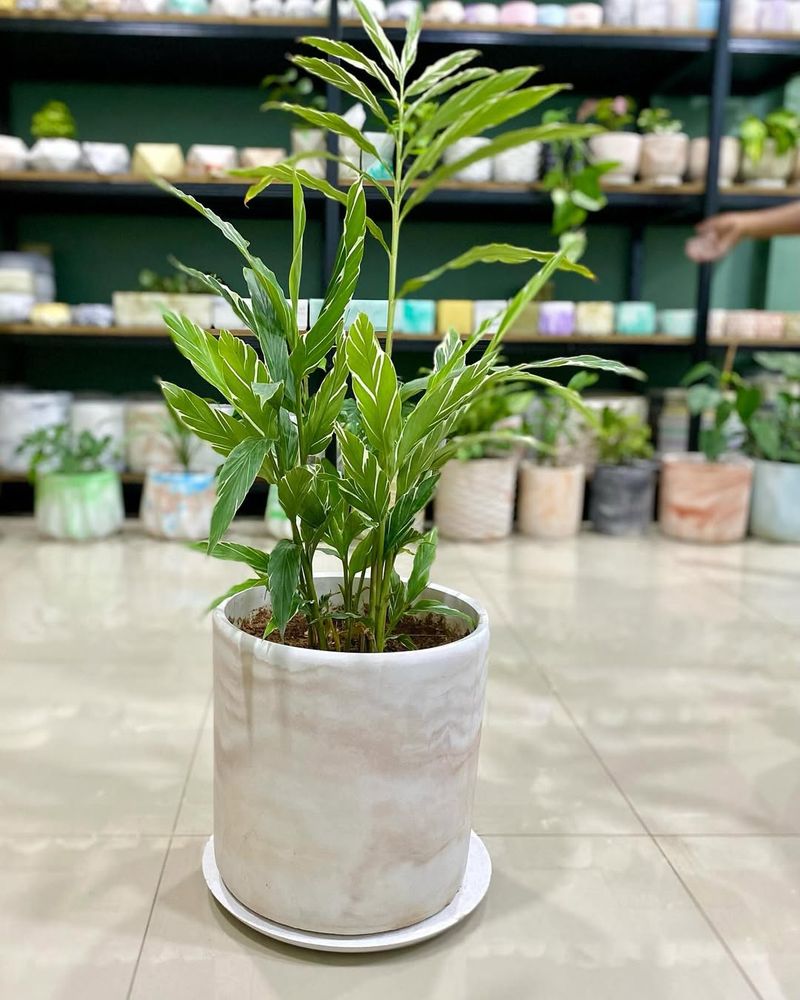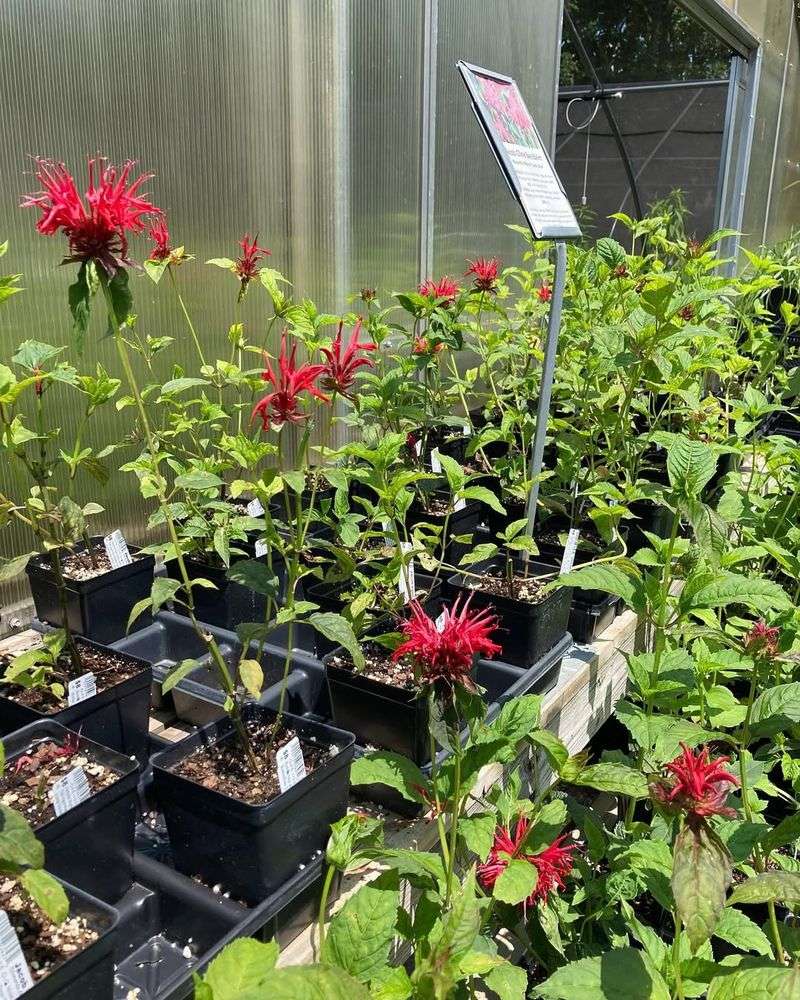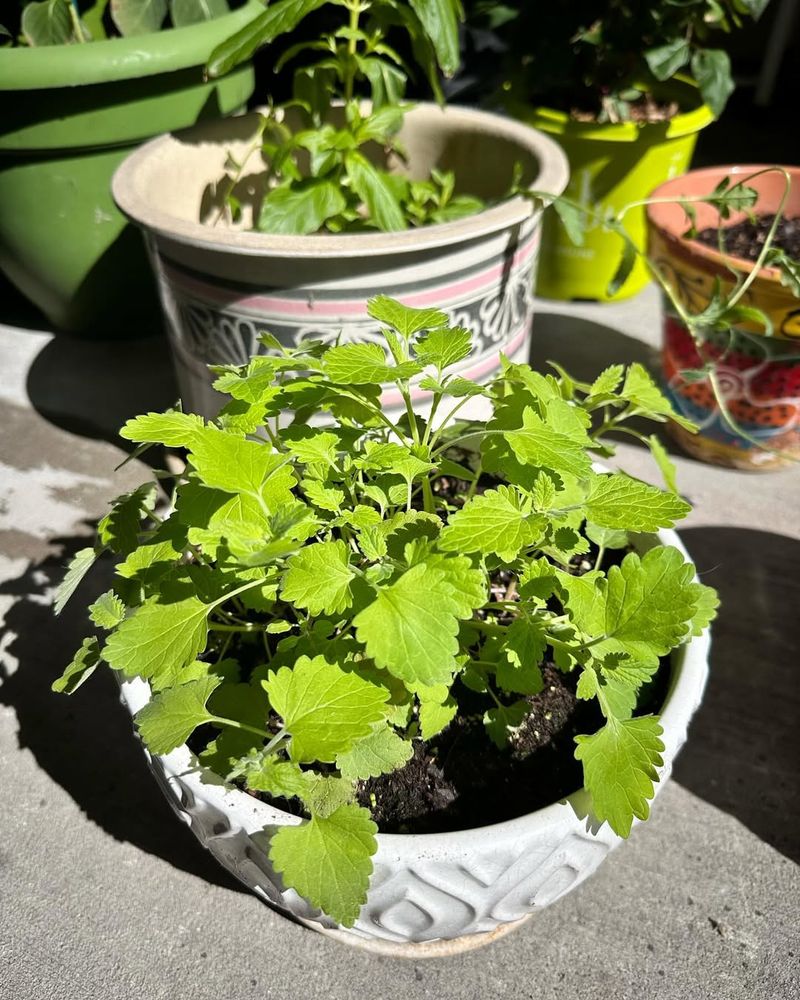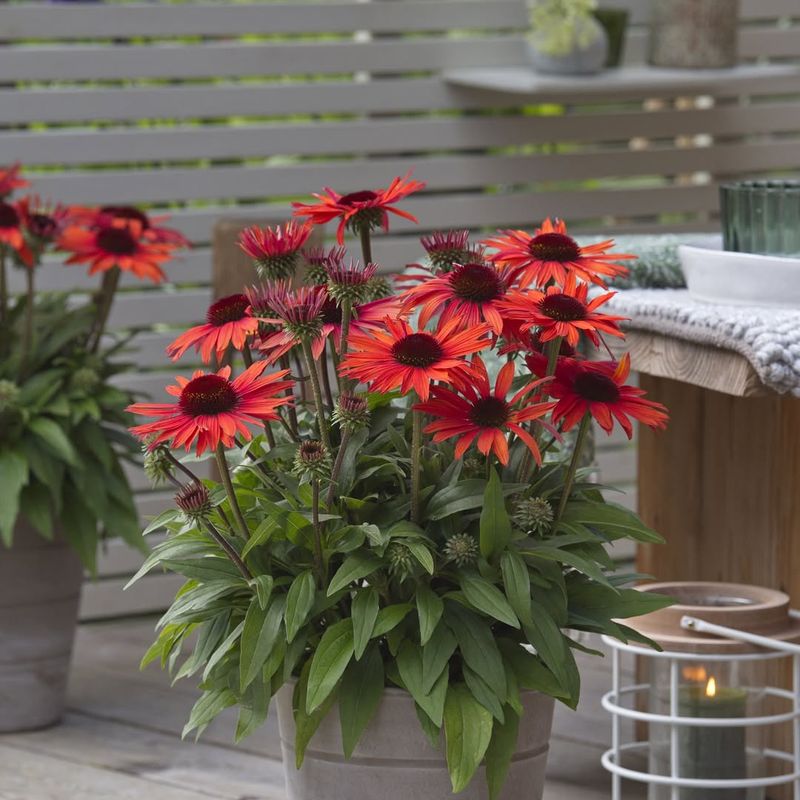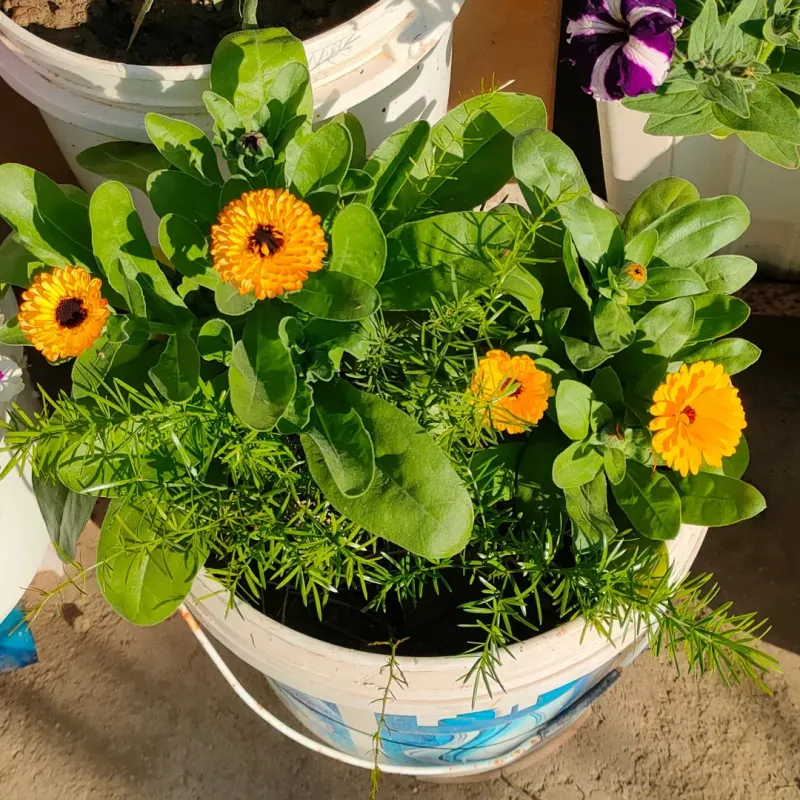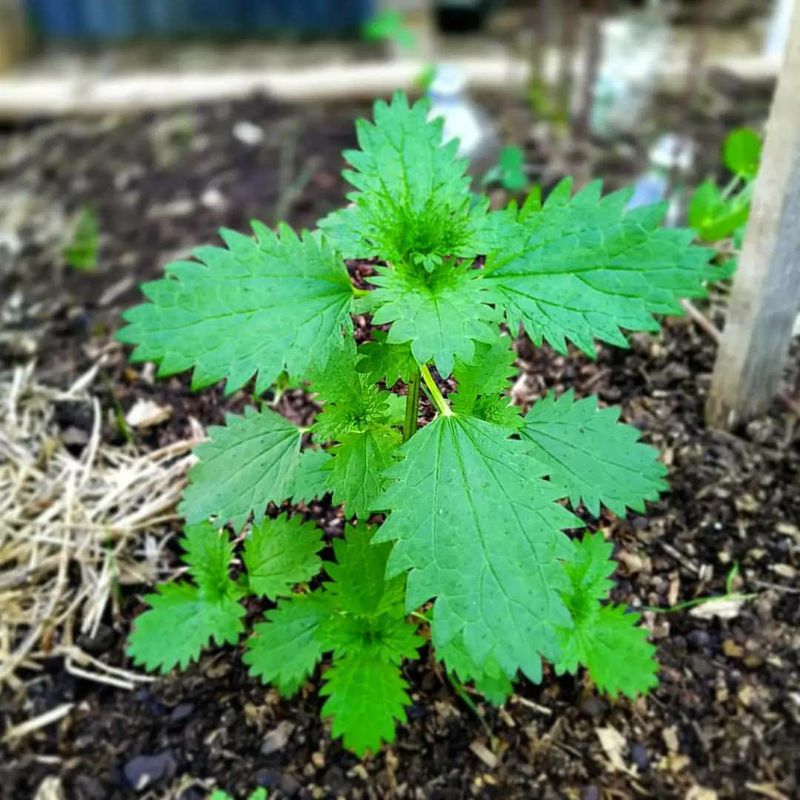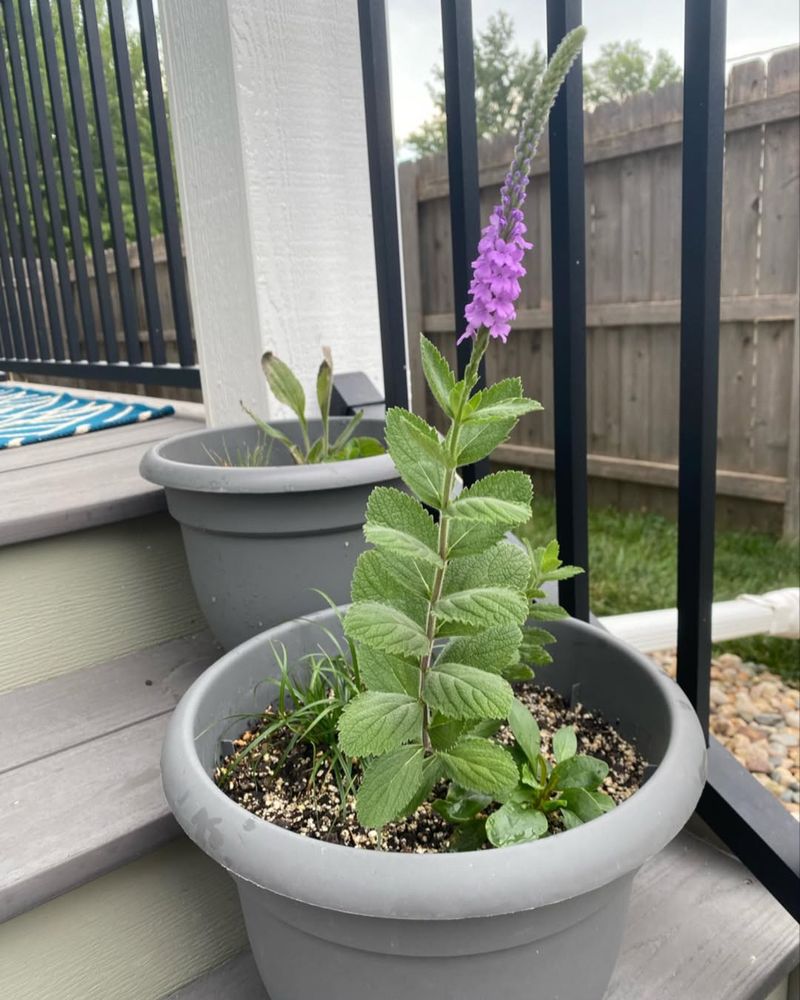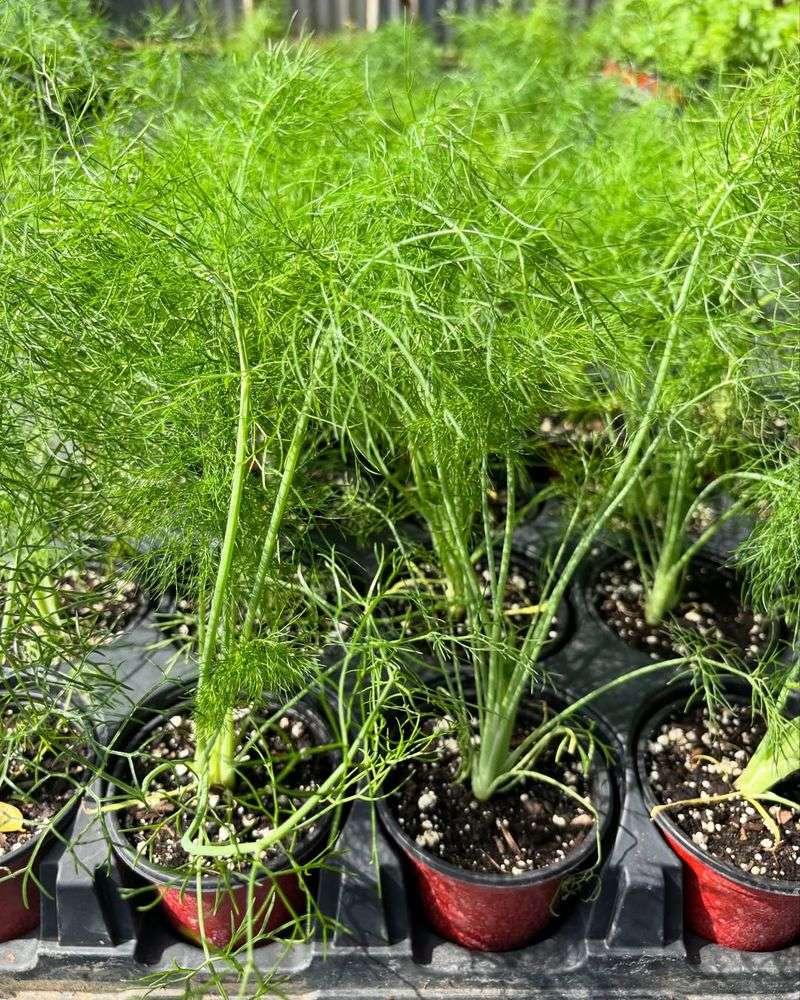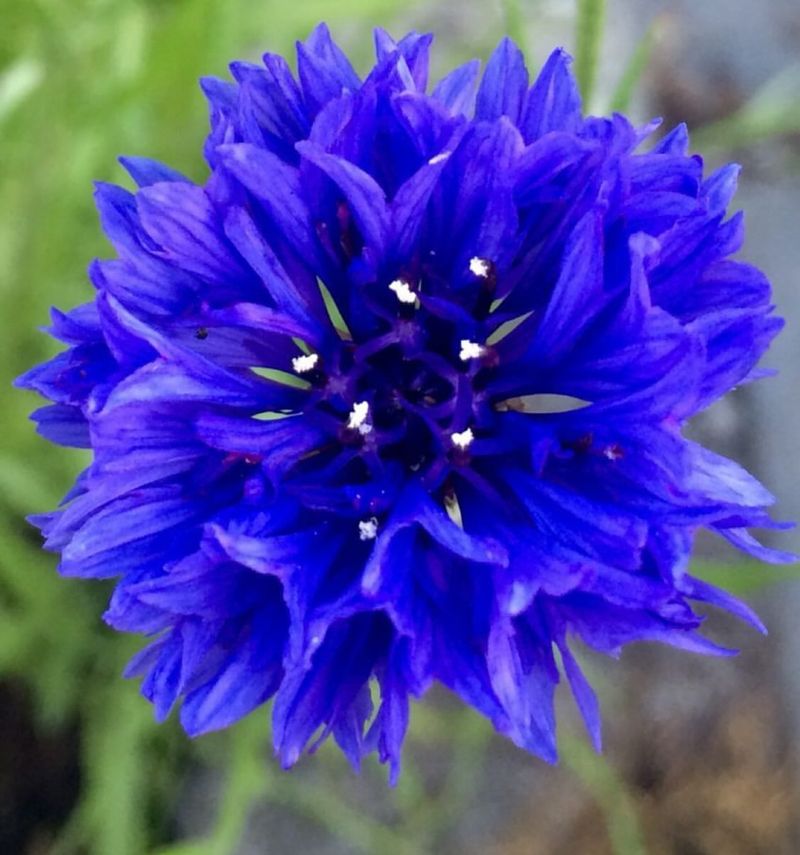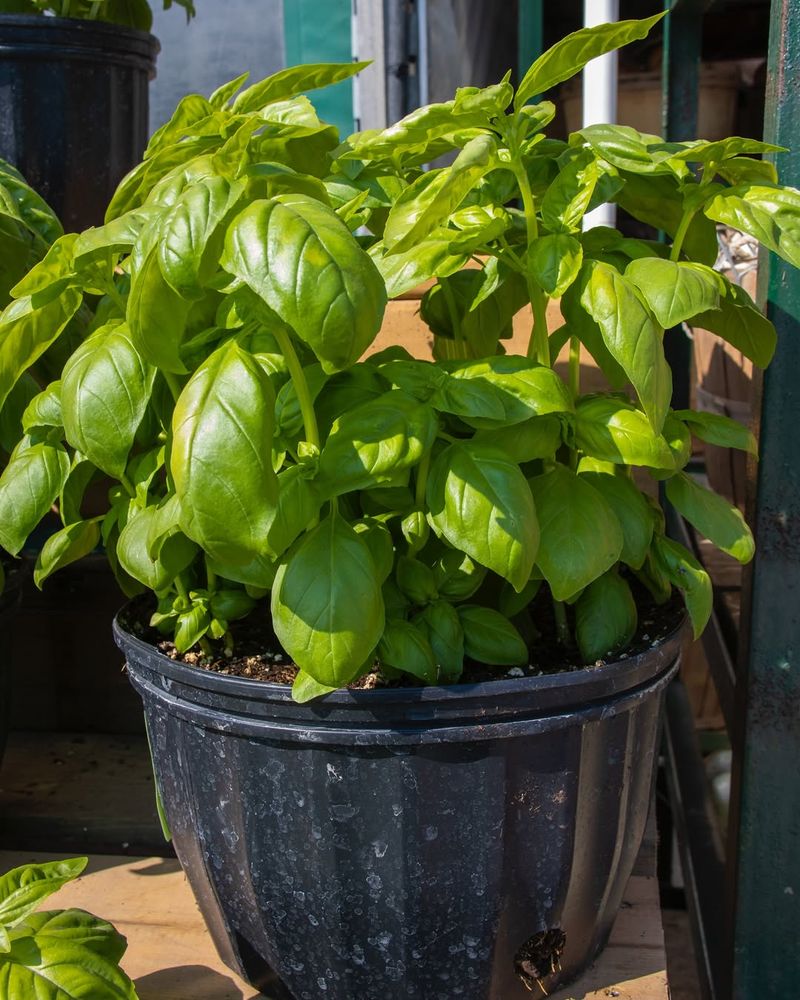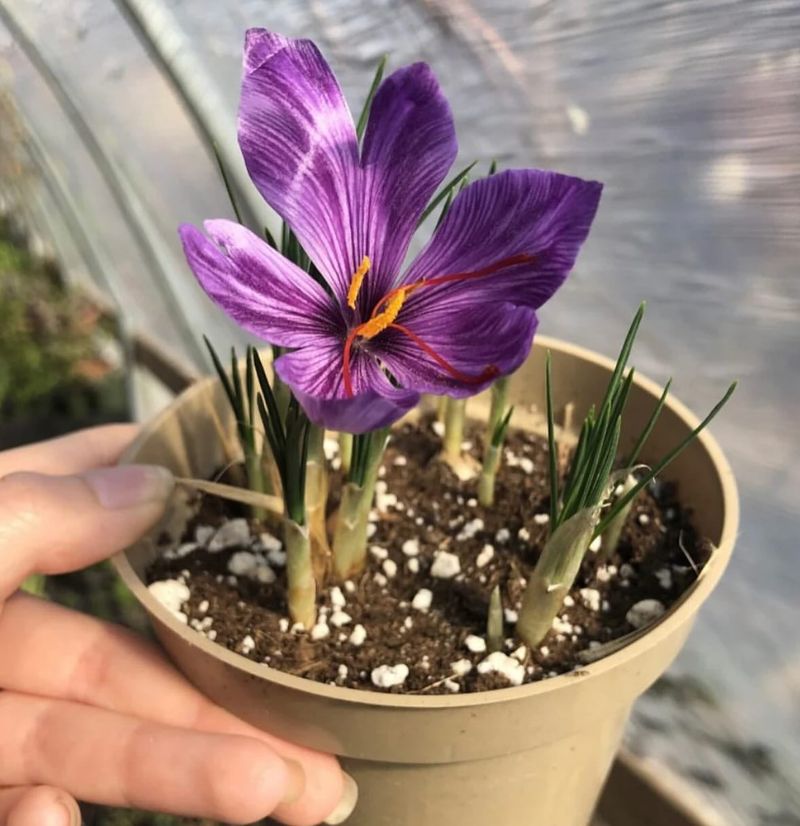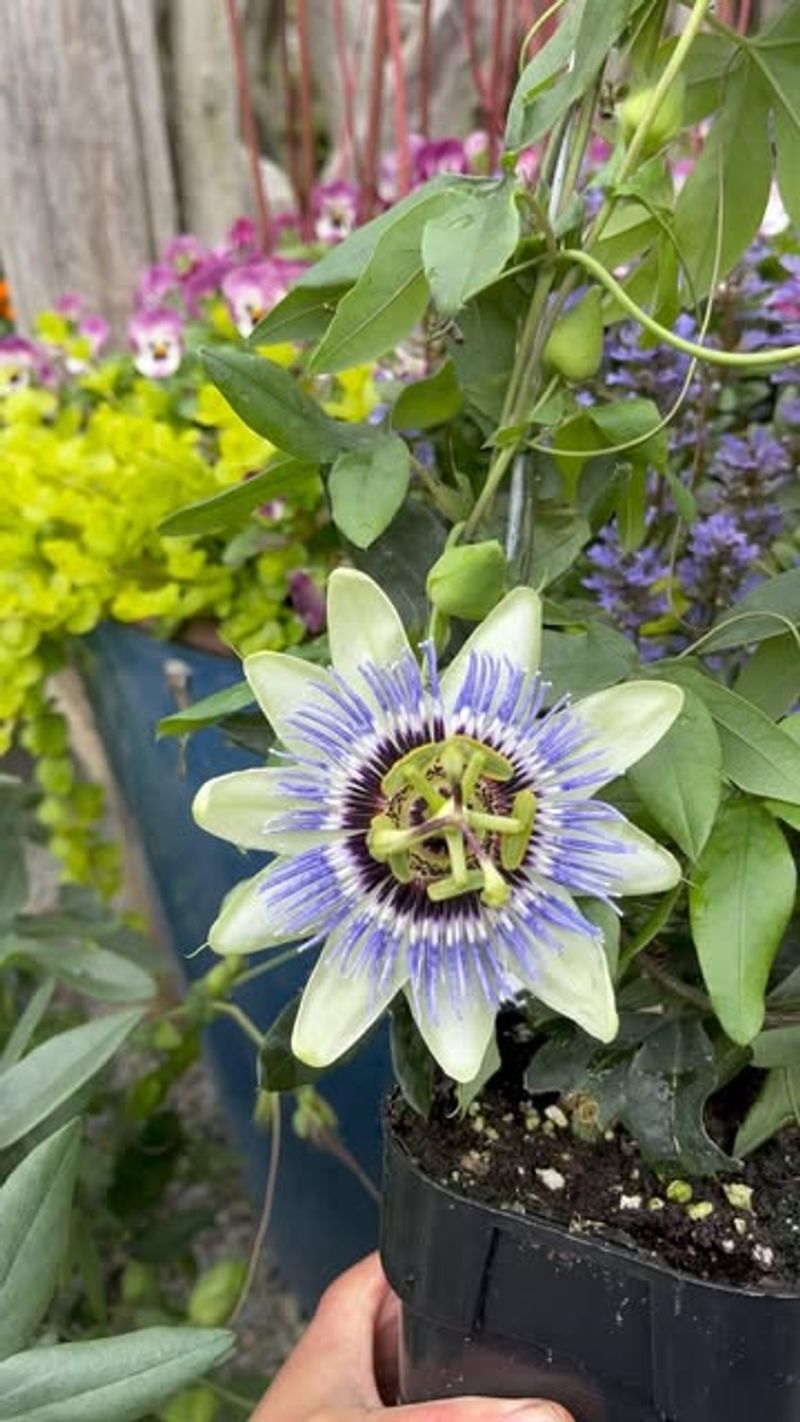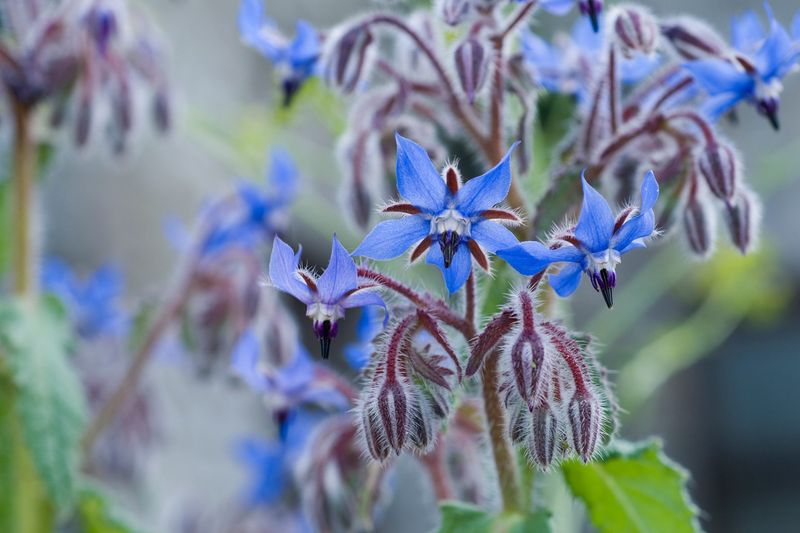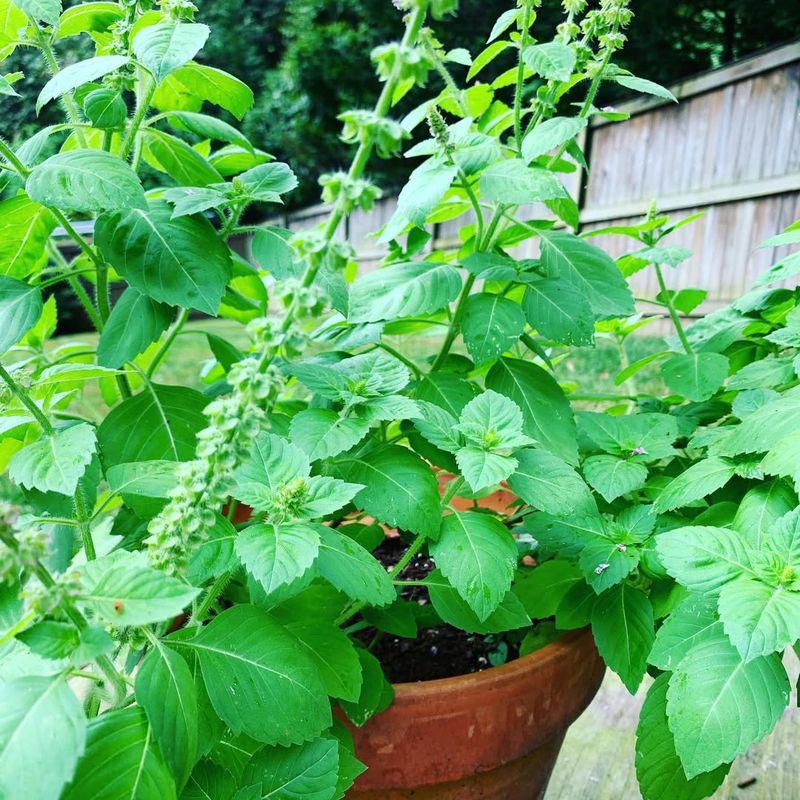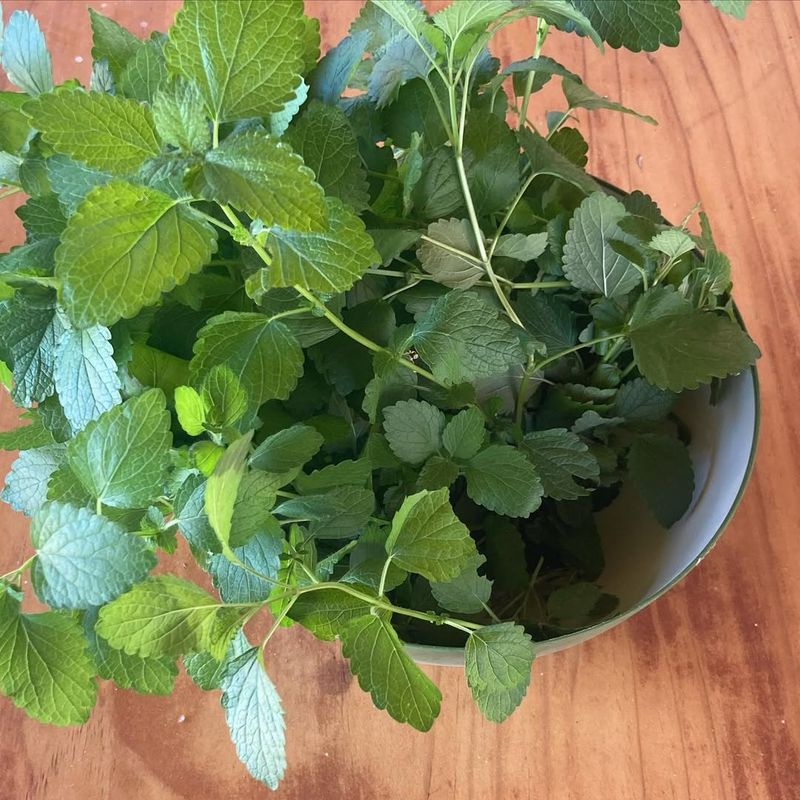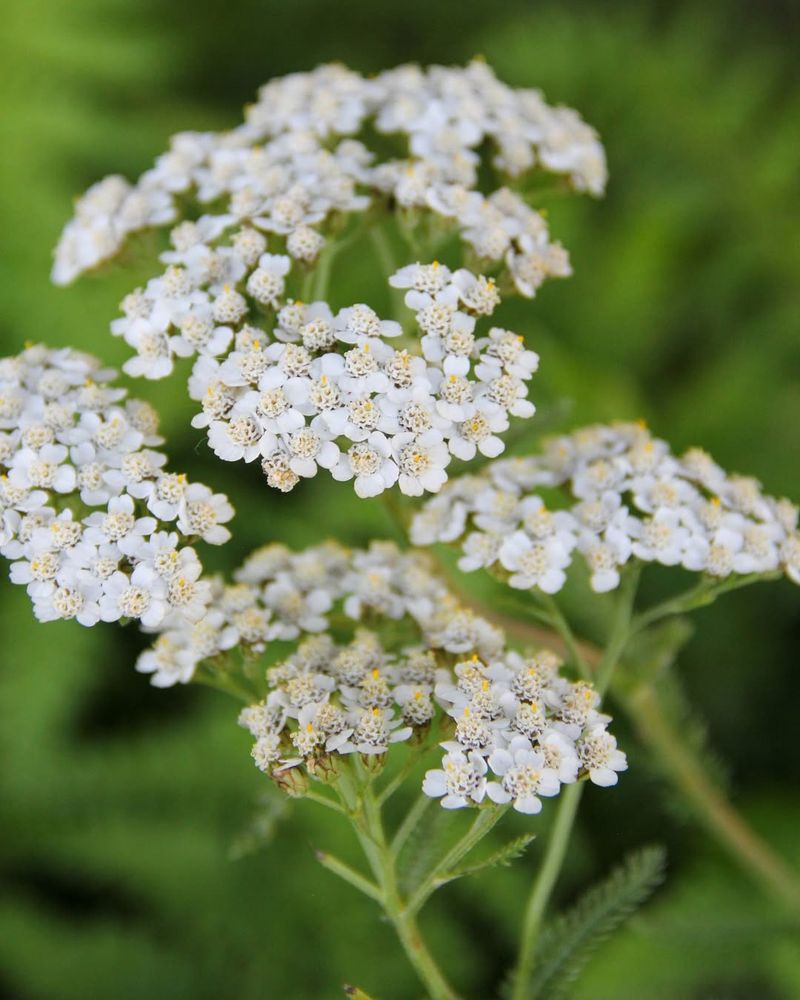Store-bought tea is cute, but nothing beats brewing a cup from plants you grew yourself. Fresh, flavorful, and fully organic—without the extra packaging or mystery ingredients. These indoor-friendly tea plants are perfect for small spaces and beginner growers.
Some are calming, some are energizing, and all of them bring serious herbal main character energy. You don’t need a big garden to grow your own blend. Just a few pots, a little light, and the right plants to get your home tea-ready. Ready to grow your own brew? Let’s get into it.
1. Chamomile
The gentle aroma wafts through the room, bringing a sense of calm. Chamomile, known for its soothing qualities, is perfect for an evening wind-down. Grow this beauty in a small pot and watch it flourish. Place it on a sunny windowsill and ensure it has well-drained soil.
Regular watering keeps it happy. Soon, tiny white flowers with yellow centers appear, ready to gift you a relaxing brew. A cup of chamomile tea can be your ticket to a peaceful night’s sleep.
2. Peppermint
Freshness fills the air with a hint of crispness. Peppermint is your go-to plant for a refreshing tea that wakes you up. Pot it in a sunny spot and provide ample water. The lush green leaves grow quickly, offering a bounty of flavor.
Snip a few leaves and steep them for a cooling brew. This plant is not only great for tea but also for adding a kick to desserts. A must-have for aspiring indoor gardeners.
3. Lemon Balm
Citrus notes create an invigorating aroma that brightens any day. Lemon balm is your citrusy companion for a vibrant tea experience. Place it in a sunny area; it loves the light. The leaves grow densely, ready to be harvested for a zesty infusion.
Use the fresh leaves for a tangy and calming brew. Besides making tea, lemon balm is a great addition to salads. Enjoy a fresh cup that’s both flavorful and aromatic.
4. Lavender
Aromatic waves of tranquility fill the space, hinting at relaxation ahead. Lavender is the star when it comes to soothing teas. It’s easy to grow indoors; just find a sunny spot for it. The slender stems and purple flowers are not just visually pleasing but also perfect for tea.
Snip a few flowers, dry them, and you’ll have a calming brew ready whenever needed. Lavender tea is perfect for unwinding after a long day.
5. Jasmine
The sweet, intoxicating scent lingers, promising a delightful experience. Jasmine is celebrated for its fragrant flowers that make a wonderful tea. Give it a spot with good light and regular water.
The small, white flowers bloom and are a treasure for tea lovers. Steep them to get a floral brew that’s both delicate and delicious. Jasmine tea is perfect for those moments when you need a little me-time.
6. Lemongrass
A hint of lemon with a grassy undertone sets the mood for a refreshing drink. Lemongrass is a handy plant for brewing a revitalizing tea. Grow it in a tall pot to accommodate its height and place it by a sunny window.
The long stalks are easy to harvest and full of flavor. Add a few to boiling water for a zest-filled cup. Perfect for a mid-afternoon pick-me-up.
7. Hibiscus
Bold and colorful, this plant adds flair to any room. Hibiscus offers a tart, cranberry-like flavor perfect for iced teas. It’s a showstopper with its bright red flowers. Find a spot with plenty of light and provide consistent moisture.
Once it blooms, the petals are ready for harvesting. Brew them for a refreshing and vibrant tea. Hibiscus tea is great served cold on a hot day.
8. Rosemary
A hint of woodsy aroma fills the air, teasing your senses. Rosemary doesn’t just belong in your spice rack; it’s perfect for tea too. Pot it in well-draining soil and place it where it can soak up the sun.
This hardy plant offers robust flavor and aroma. Pick a few sprigs for a savory brew. Rosemary tea is a wonderful way to start your day with a Mediterranean twist.
9. Sage
A touch of earthiness mingles with a hint of pepper. Sage is not just for cooking; it makes a delightful tea. Grow it in a rustic pot and provide it with ample sunlight.
The silvery-green leaves are easy to harvest and brew. Sage tea offers a warm and comforting beverage that’s perfect for cozy evenings. Plus, it pairs well with honey for added sweetness.
10. Thyme
Subtle earth tones with a twist of aroma greet the senses. Thyme is a versatile herb that makes a delightful tea. It’s easy to grow indoors; just place it on a sunny windowsill. The tiny leaves pack a punch when steeped in hot water.
Thyme tea is not only flavorful but also a soothing remedy for sore throats. Having a pot of thyme means you’re ready for any tea emergency!
11. Stevia
Sweetness without the guilt is what this plant offers. Stevia is nature’s sugar substitute, and it’s perfect for sweetening teas. Place it in a sunny spot, and it grows rapidly, offering lush green leaves ready to harvest.
Steep a leaf or two in hot water for a sweetened brew without calories. Not only does it make your tea delightful, but it’s also a handy plant for those watching their sugar intake.
12. Ginger
A zingy kick to brighten any day is what this root offers. Ginger is a must-have for tea enthusiasts who love a bit of spice. Grow it in a ceramic pot and give it a warm, sunny spot. The rhizomes below are the stars, offering a punch of flavor.
Slice a piece and steep it for an invigorating tea. Ginger tea is great for digestion and warming up on chilly days.
13. Bee Balm
Bee Balm, known for its bright and cheerful flowers, is a lovely addition to your indoor garden. The plant thrives in well-drained soil and benefits from a sunny spot, making it ideal for a sunny windowsill.
The leaves and flowers of Bee Balm have a slightly minty flavor, perfect for brewing a refreshing tea. Regular pruning encourages bushier growth, ensuring a more abundant harvest of these flavorful leaves.
14. Catnip
Not just for feline friends, this plant is a hidden gem for tea lovers. Catnip offers a mild, minty flavor that’s surprisingly soothing. Grow it in a small pot by a sunny window, and watch it thrive.
The leaves are easy to harvest and brew. Catnip tea is calming and can help with relaxation after a long day. It’s a fun addition for those looking to experiment with their tea choices.
15. Echinacea
A dash of immunity and vibrant color makes this plant a favorite. Echinacea is known for its health benefits and makes a wonderful tea. Grow it in a decorative pot and ensure it gets plenty of sunlight.
The flowers are the main attraction, steeping them offers a tea that boosts the immune system. Echinacea tea is perfect for the flu season, giving your body a natural defense boost.
16. Calendula
A splash of sunshine and healing awaits in every sip. Calendula is celebrated for its soothing properties and vibrant flowers. Plant it in a cheerful pot and place it under direct sunlight. The petals are easy to pick and brew.
Calendula tea is known for its anti-inflammatory benefits, making it a great choice for soothing the skin and body. It’s a delightful plant to have in your indoor garden.
17. Stinging Nettle
Handle with care, this plant has a sting but offers a nutritious tea. Stinging nettle is packed with vitamins and minerals. Grow it in a pot where you can manage its growth, and use gloves when handling.
The leaves, once dried, lose their sting and are ready for tea. Nettle tea is great for boosting iron levels naturally. It’s a powerhouse plant that’s worth the extra care.
18. Anise Hyssop
A hint of licorice with floral notes makes this plant intriguing. Anise hyssop is a delightful herb for a unique tea experience. Position it in a decorative pot where it can soak up the sun.
The flowers and leaves are both edible and wonderful for infusion. Anise hyssop tea is soothing and offers a sweet, fragrant brew. It’s a great choice for those looking to try something new and aromatic.
19. Fennel
A gentle whisper of licorice and green flavors makes this plant a favorite. Fennel is known for its digestive benefits and distinctive taste. Grow it in a ceramic pot with good sunlight exposure.
The feathery leaves and yellow flowers are both used for making tea. Fennel tea is soothing and helps with digestion, perfect after a hearty meal. It’s a must-have for those who enjoy subtle and sweet flavors.
20. Cornflower
A pop of blue that adds beauty to any space. Cornflower is adored for its striking color and mild flavor. Plant it in a decorative pot, ensuring it gets enough sunlight. The blue blooms are a visual treat and can be steeped for a gentle tea.
Cornflower tea offers a subtle taste and is often used in blends for its calming properties. It’s an attractive plant both in looks and in your tea collection.
21. Basil
A hint of spice and sweetness comes together in this versatile plant. Basil isn’t just for pasta; it makes a surprising tea. Pot it in terracotta and place it in a sunny spot for the best growth.
The broad, green leaves are aromatic and flavorful, perfect for a sweet and spicy brew. Basil tea is refreshing and can be enjoyed hot or cold. It’s a wonderful addition to any indoor tea garden.
22. Saffron Crocus
A touch of luxury with every sip, this plant offers more than just beauty. Saffron crocus is famed for its precious stigmas used in tea. Grow it in a small pot and place it in filtered sunlight.
The purple flowers with red stigmas are harvested and dried for tea. Saffron tea is a delightful indulgence that’s both aromatic and flavorful. It’s a treasured plant for those who enjoy the finer things in life.
23. Passionflower
An intricate bloom that teases the senses with serenity. Passionflower is known for its calming effects, perfect for a relaxing tea. Grow it in a small pot and give it ample sunlight.
The unique flowers are a delight to steep and offer a soothing drink. Passionflower tea can help reduce anxiety and promote sleep. It’s a serene addition to any indoor garden, offering peace in a cup.
24. Borage
A hint of cucumber and a dash of blue make this plant a standout. Borage is a charming addition to the indoor garden and tea repertoire. Plant it in a ceramic pot, ensuring it receives good light.
The star-shaped blue flowers and leaves are both used for tea. Borage tea offers a refreshing flavor, perfect for a cooling drink in summer. It’s an eye-catching plant that’s as delightful to grow as it is to sip.
25. Holy Basil (Tulsi)
A sacred aroma that whispers calm, this plant is revered in many cultures. Holy Basil, or Tulsi, is cherished for its therapeutic benefits. Position it in a pot where it can bask in sunlight.
The dark green leaves are fragrant and used for a rejuvenating tea. Tulsi tea is known for boosting immunity and reducing stress. It’s a cherished plant for those seeking a holistic approach to wellness.
26. Lime Balm
Citrus meets minty freshness in this delightful plant. Lime balm is a refreshing choice for a zesty tea experience. Grow it in a small pot and place by a sunny window.
The aromatic leaves are perfect for steeping and offer a lively brew. Lime balm tea is both invigorating and calming, ideal for a midday refreshment. It’s a lively addition to any indoor herb collection.
27. Yarrow
A hint of medicine cabinet with botanical appeal, this plant is versatile in its uses. Yarrow is valued for its healing properties. Grow it in a rustic pot and ensure it gets a sunny spot.
The feathery leaves and white flowers can be brewed for a medicinal tea. Yarrow tea is known for aiding digestion and reducing inflammation. It’s a practical plant that adds both beauty and utility to your indoor space.

